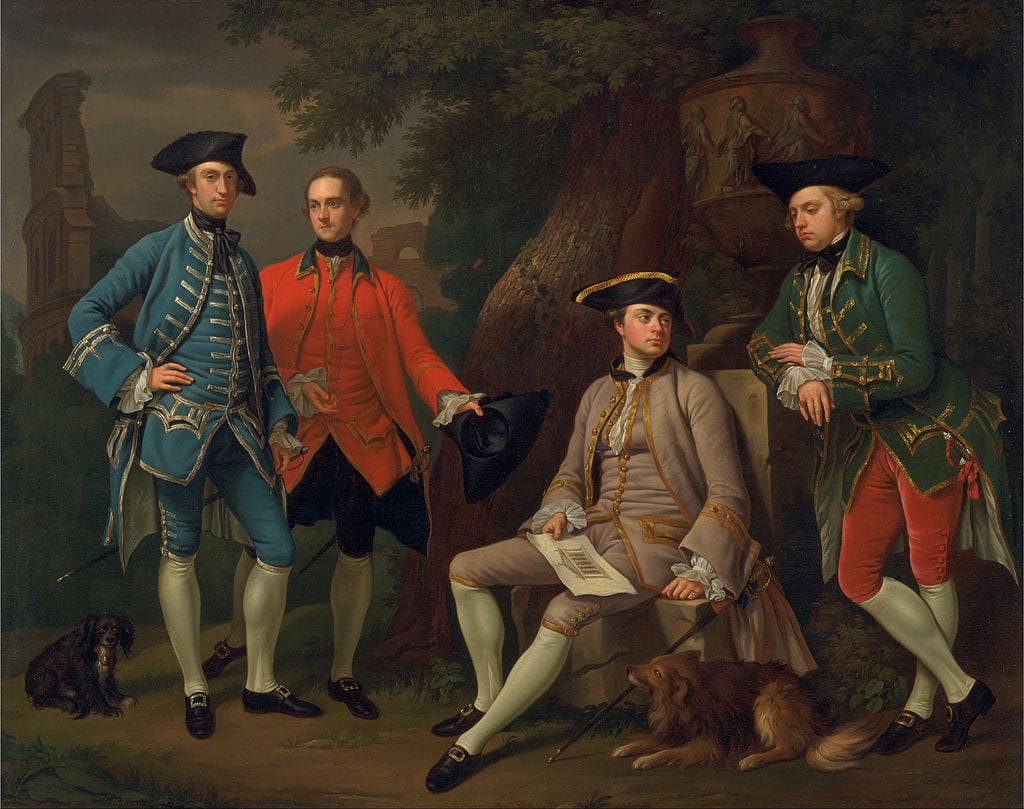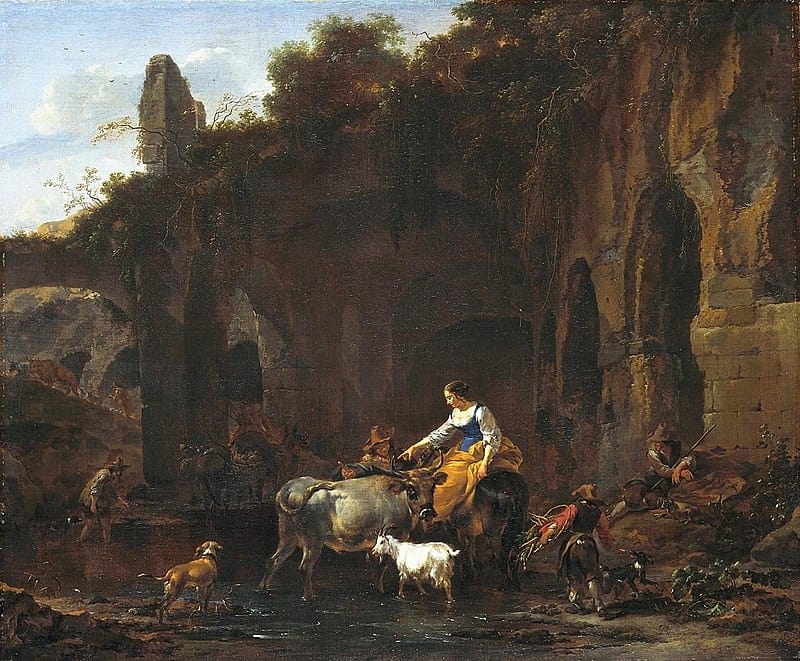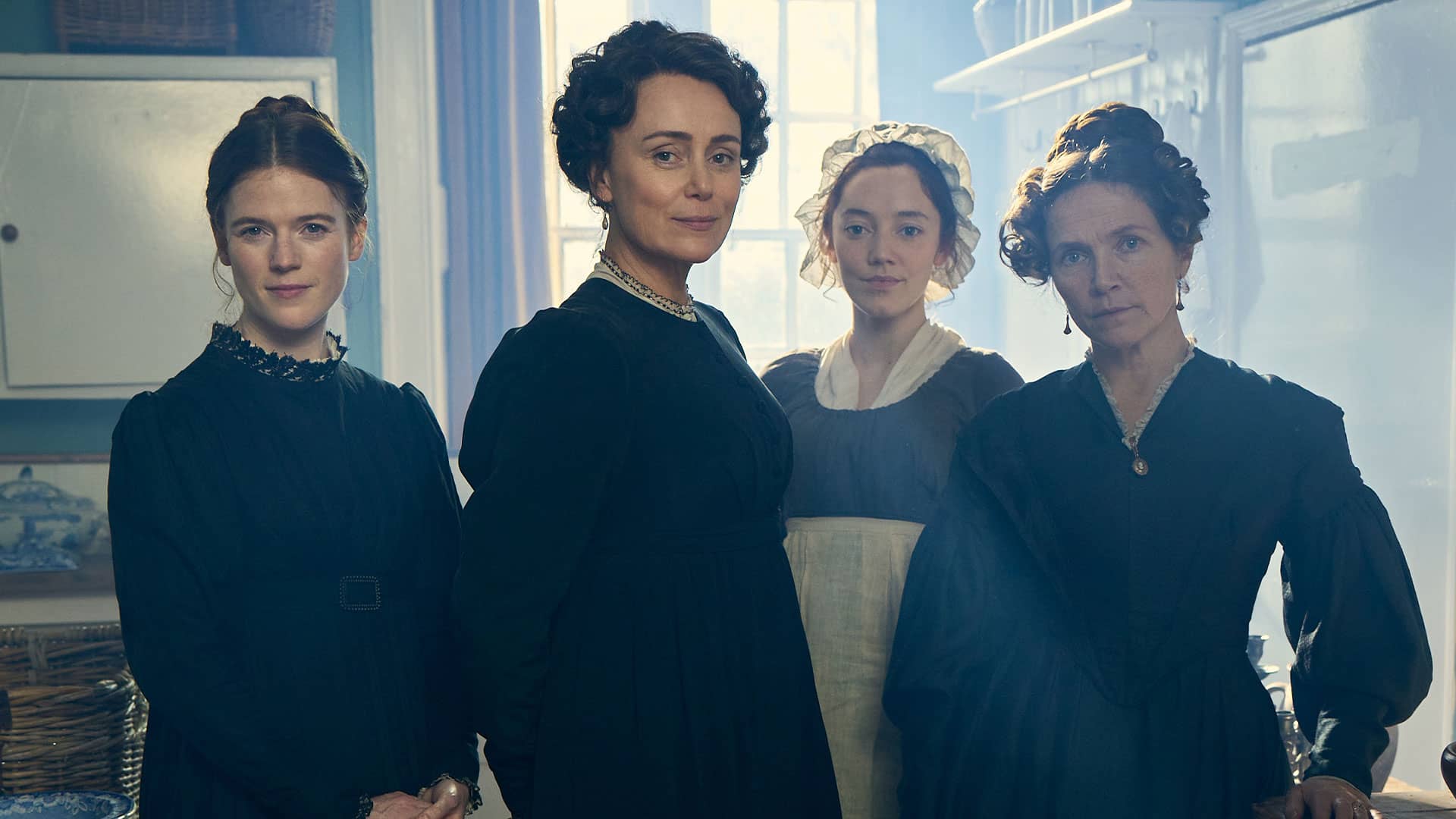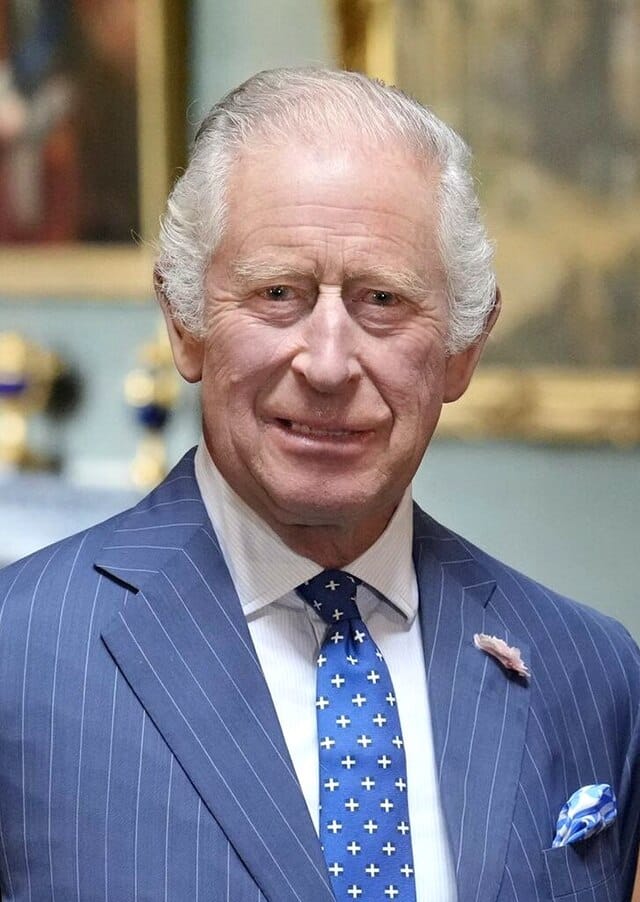A Grand Tour
Welcome to Historical Heritage, where we highlight elegance, history and regal stories every week. Take a small break from our loud existence and enter a world of quiet elegance.

The Grand Tour: How Aristocrats Shaped Travel and Culture in the 18th Century

The 18th century gave rise to an aristocratic tradition that influenced both the travel industry and modern culture: the Grand Tour. This was not your ordinary vacation—it was an immersive, months-long, sometimes even years-long journey taken by young, wealthy Europeans. The purpose? To round off their education and experience firsthand the art, architecture, and literature of the classical and Renaissance worlds. The legacy of the Grand Tour still echoes today in the way we think about travel, cultural tourism, and the pursuit of knowledge.
The Grand Tour: A Rite of Passage
Primarily a British custom, the Grand Tour became a rite of passage for young aristocrats, especially for young men in their late teens or early twenties. It was considered essential to polish one’s manners, cultivate taste, and experience the “great” civilizations—primarily Italy, France, and, occasionally, Greece. Accompanied by a tutor or “bear-leader,” they traveled through Europe’s cultural capitals, attending salons, visiting galleries, and exploring historic ruins.
Rome was the ultimate destination on the tour, where travelers admired ancient sites like the Colosseum and St. Peter’s Basilica. Florence and Venice offered Renaissance art treasures and local delicacies, while Paris provided an introduction to high society and fashion. The journey typically ended in Italy, where young nobles absorbed the classical art and ruins that were seen as cornerstones of Western civilization.

Cultural Impacts of the Grand Tour
The Grand Tour didn’t just affect the young nobles—it left a lasting mark on European art and culture. The travels of these aristocrats spread enthusiasm for neoclassicism, sparking a revival of Greco-Roman styles in art, architecture, and literature back home. Young nobles returned with paintings, sculptures, and objets d’art that they used to decorate their homes, a custom that shaped European taste for decades.
Additionally, these young travelers began documenting their journeys in diaries, sketches, and letters, creating early forms of travel literature. They inspired a generation of armchair travelers, who, though they couldn’t afford the journey themselves, could experience it through written accounts.
The Role of Aristocratic Women
While the Grand Tour was originally a male tradition, by the late 18th century, aristocratic women also began undertaking their own travels. These women often defied conventional expectations, pushing boundaries by visiting sites like Pompeii and mingling with notable figures in French and Italian intellectual circles. These pioneering women brought back new ideas about art, fashion, and society to Britain, where they often became influencers in their own right.
The Legacy of the Grand Tour Today
The Grand Tour shaped not only European art and architecture but also the modern concept of travel as a means of personal enrichment. The idea of journeying to experience new cultures, learn languages, and broaden one’s mind has become a staple of modern tourism and education. Many study abroad programs and gap-year traditions trace their philosophical roots to the aristocratic Grand Tour.
New Period Drama Coming: The Life of Jane Austen

Adapted from Gill Hornby's best-selling novel, Miss Austen tells the story from the perspective of Cassandra Austen, Jane Austen’s sister, now in her later years, as she reflects on her youth and the close bond she shared with Jane, decades after Jane's death.
In real life, Cassandra Austen was a watercolor artist and Jane's elder sister. Much of what we know about Jane comes from the letters the sisters exchanged and two portraits Cassandra painted of her.
Miss Austen is set to air on BBC iPlayer and BBC One in 2025 to commemorate the 250th anniversary of Jane Austen's birth. The adaptation is written by Andrea Gibb, known for Elizabeth Is Missing and Mayflies.
In the lead role, Bodyguard and Line of Duty star Keeley Hawes portrays the older Cassandra, seen in newly released images dressed in period costume. Also pictured is Game of Thrones actress Rose Leslie as Isabella Fowle, niece of Cassandra's fiancé Tom Fowle, who tragically passed away on a Caribbean voyage before their marriage.
The cast also includes Synnøve Karlsen as a young Cassandra, Patsy Ferran as a young Jane, as well as Phyllis Logan (Downton Abbey), Max Irons (Condor), Alfred Enoch (How to Get Away with Murder), Calam Lynch (Bridgerton), and Liv Hill (The Serpent Queen).
This Week in History: The Birth of Prince Charles

This week in royal history, on November 14, 1948, Prince Charles was born, becoming the first child of Queen Elizabeth II and Prince Philip. His birth was significant as it marked the arrival of a future monarch for the United Kingdom and the Commonwealth Realms. Charles's early life and education were closely followed by the public, and he became the Prince of Wales at 20. Eventually, he ascended to the throne as King Charles III in 2022 following Queen Elizabeth's passing.
Let's not forget Princess Anne’s daughter, Zara Tindall
Another notable event this week was the birth of Princess Anne’s daughter, Zara Tindall, on November 15, 1981. Zara is known for her equestrian achievements and her down-to-earth approach to royal life, despite holding no formal title. She remains a well-respected figure in both royal and sporting circles, celebrated for her Olympic silver medal in eventing for Team Great Britain in 2012.
These historical royal events underscore the significance of this week in British royal lineage, with both births marking milestones for the Windsor family as they continue their public service and influence on British culture.
Sir Anthony Van Dyck and His Patron King Charles I

One artist beloved by British royalty was Sir Anthony Van Dyck, a Flemish painter celebrated for his portraits, particularly those of King Charles I and his court. Van Dyck’s skillful portrayal of the English king significantly shaped the royal image and remains a defining example of baroque portraiture that emphasized regal dignity.
Van Dyck’s Royal Patronage
After achieving recognition across Europe, Van Dyck arrived in England in 1632, where Charles I, a great patron of the arts, immediately took notice of his exceptional talent. Charles was captivated by Van Dyck’s ability to convey both the grandeur and the humanity of his subjects. Impressed, he appointed Van Dyck as the Principal Painter in Ordinary to the King, a prestigious role that enabled the artist to live comfortably and gain exclusive access to England's upper echelons. Van Dyck went on to create iconic portraits of Charles, his family, and various nobles, imbuing each image with a sense of drama and elegance that helped to bolster Charles's royal image during a politically turbulent era
Influence and Legacy
Van Dyck’s work had a profound influence on English portraiture, setting a stylistic standard that persisted for centuries. His elegant, full-length portrayals of Charles I depict the monarch with a distinctive sense of nobility, often showing him on horseback or in majestic poses. The “Charles I at the Hunt” portrait, for example, presented the king as both a ruler and a gentleman, inspiring future generations of British painters, including Sir Joshua Reynolds and Thomas Gainsborough.
Van Dyck’s influence and relationship with Charles I illustrate the powerful connection between art and monarchy, with his portraits becoming symbols of royal grandeur and elegance that shaped how British royals would be depicted for generations to come.
Love what we are doing here?
Stay subscribed for more next week as continue to improve and evolve this weekly mailing. As our audience grows, we will be able to start pulling in exclusive interviews and more in-depth story-telling.
Most importantly, we hope you enjoy this small weekly escape as much as we do!
The Eighth Inc. c/o Historical Heritage
46 Plains Road
Essex, CT 06426
©2024 Historical Heritage | newsletter@historical-heritage.com | Privacy Policy

